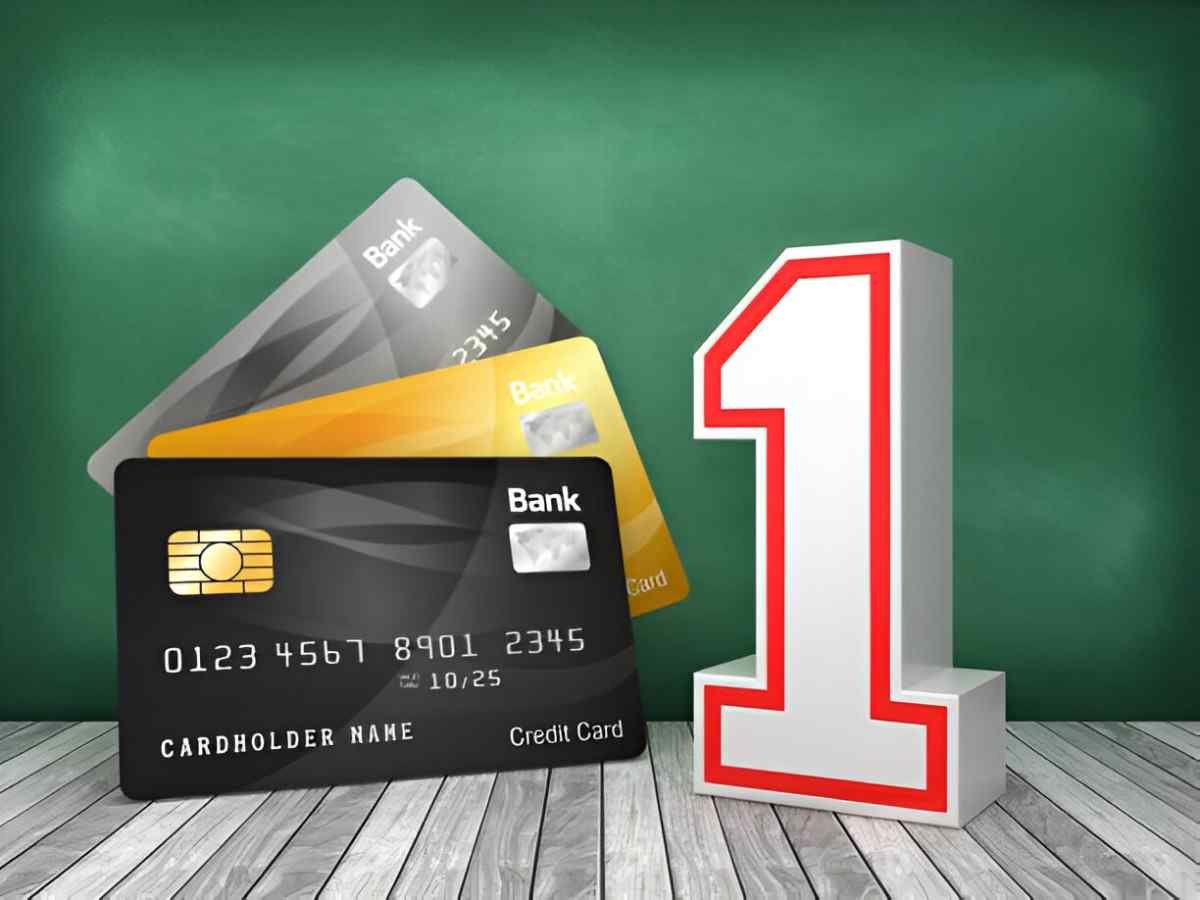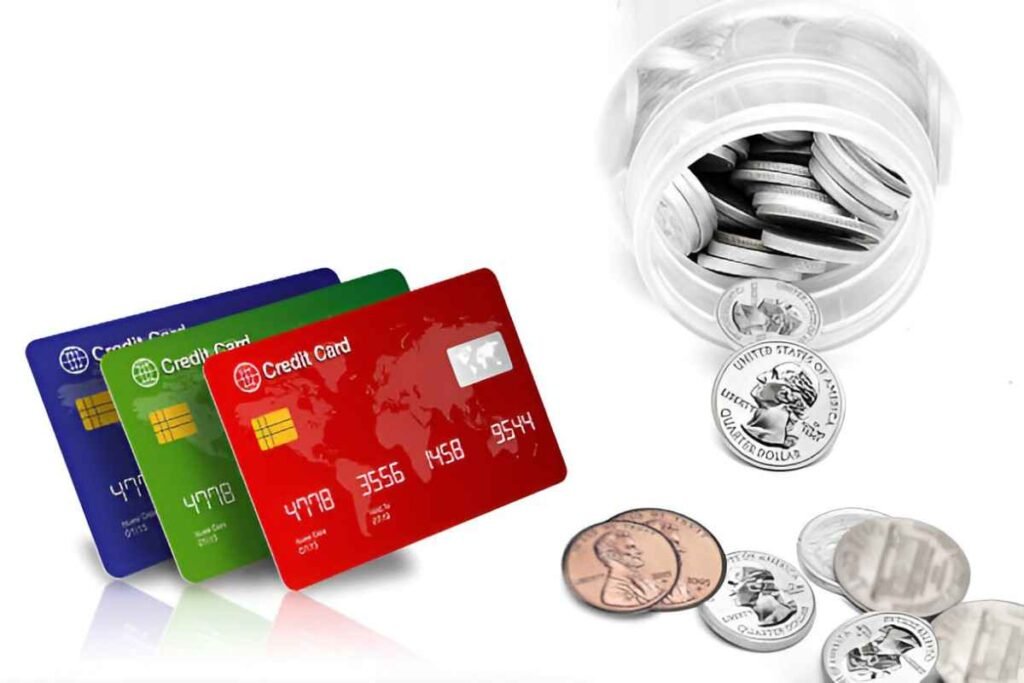Introduction
Credit cards have been around for decades, helping people manage their finances conveniently. However, with the advancement of technology, the introduction of digital credit cards has changed the way we use credit. Unlike traditional plastic cards, digital credit cards exist purely in a virtual format, accessible via mobile devices and apps. In this article, I will explore the concept of the first digital credit card, how it compares to physical credit cards, and what you need to know before using one.
Table of Contents
What Is a Digital Credit Card?
A digital credit card is a virtual representation of a traditional credit card that exists solely in digital form. It offers the same functionalities, such as making purchases, tracking expenses, and earning rewards. Digital credit cards can be used for online shopping, in-store purchases through contactless payment methods, and bill payments.
Key Features of Digital Credit Cards
- Virtual Accessibility: No physical card is required; users can access their card via smartphones or smartwatches.
- Enhanced Security: Digital cards often use encryption and tokenization to protect sensitive information.
- Instant Issuance: Many providers offer immediate card issuance upon approval.
- Flexible Limits: Some digital cards allow customizable credit limits and usage controls.
- Integration with Digital Wallets: Compatible with Apple Pay, Google Pay, and Samsung Pay.
Comparison Between Digital and Physical Credit Cards
| Feature | Digital Credit Card | Physical Credit Card |
|---|---|---|
| Form | Virtual (app-based) | Physical plastic card |
| Security | High (tokenization, 2FA) | Moderate (PIN, CVV) |
| Issuance Speed | Instant | 5-7 business days |
| Usability | Online & contactless | Online & in-person |
| Loss Risk | None (stored digitally) | Possible (misplacement) |
| Rewards & Benefits | Similar | Similar |
Advantages of Using a Digital Credit Card
The shift towards digital credit cards is driven by several benefits that make them a better alternative in certain situations. Here are some of the most significant advantages:
Security Enhancements
Digital credit cards reduce fraud risks through encryption and tokenization. They also enable biometric authentication, such as fingerprint or facial recognition, adding another layer of security.
Instant Access
Unlike traditional cards, which take days to arrive, digital credit cards can be issued instantly. This makes them particularly useful when a person needs urgent access to credit.
Better Expense Management
Most digital credit cards come with budgeting tools that allow users to set spending limits and track expenses in real time.
Environmental Benefits
Since there is no physical production involved, digital cards contribute to reducing plastic waste.
Potential Drawbacks of Digital Credit Cards
Despite their numerous benefits, digital credit cards have some limitations that should be considered before making the switch.
Limited Acceptance
While digital cards are widely accepted online and through contactless payments, some merchants still prefer traditional physical cards, especially in regions with limited digital infrastructure.
Dependency on Technology
A digital credit card requires access to a smartphone or internet connection. If a device is lost or the network is down, accessing the card can become challenging.
Psychological Spending Effect
The ease of using digital credit cards may encourage impulsive spending, making financial discipline crucial.
How to Apply for a Digital Credit Card
Applying for a digital credit card is usually straightforward. Most banks and fintech companies provide an online application process with quick approval mechanisms.
Steps to Apply
- Research Providers: Compare features, interest rates, and rewards offered by different providers.
- Complete Online Application: Fill out personal and financial details on the provider’s website or mobile app.
- Verification Process: Provide identity verification documents as required.
- Receive Instant Approval: If eligible, the digital credit card is issued immediately.
- Link to Wallet: Add the card to digital wallets like Apple Pay or Google Pay.
Understanding Fees and Interest Rates
Digital credit cards may come with various fees and interest rates that should be carefully reviewed before use.
| Fee Type | Typical Cost Range |
|---|---|
| Annual Fee | $0 – $150 |
| Interest Rate (APR) | 12% – 29% |
| Foreign Transaction | 0% – 3% |
| Late Payment Fee | $25 – $40 |
| Cash Advance Fee | 3% – 5% |
Digital Credit Card Security Measures
One of the most significant advantages of digital credit cards is their robust security framework. Here are the primary measures in place:
Tokenization
Tokenization replaces card details with a unique identifier, ensuring that actual information is never exposed during transactions.
Two-Factor Authentication (2FA)
Most digital cards require 2FA during transactions, enhancing security.
Real-Time Alerts
Users receive instant notifications for every transaction, helping them detect unauthorized activities immediately.
Use Cases for Digital Credit Cards
Digital credit cards are useful in several scenarios, including:
- Online Shopping: Secure and convenient for e-commerce purchases.
- Subscription Payments: Ideal for managing recurring bills with customizable limits.
- Traveling: Useful for contactless payments at hotels and transportation hubs.
- Emergency Expenses: Instant issuance makes them helpful during urgent financial needs.
Case Study: Comparing Digital and Physical Card Use
Consider the example of a traveler who frequently visits multiple countries. A digital credit card offers advantages such as real-time expense tracking, reduced risk of loss, and easy currency conversion. On the other hand, a physical credit card might still be necessary in places where contactless payments are not yet widely accepted.
| Scenario | Digital Card Advantage | Physical Card Advantage |
|---|---|---|
| Lost/Stolen Card | Instantly reissued | Requires replacement |
| Foreign Travel | Real-time currency rates | May offer better exchange |
| Bill Splitting | Easy via apps | Requires manual tracking |
Conclusion
Digital credit cards represent the next evolution in financial transactions, offering enhanced security, instant issuance, and convenient expense management. While they are an excellent option for tech-savvy users and frequent online shoppers, traditional credit cards still have their place in the market. Understanding the features, benefits, and limitations of digital credit cards will help individuals make informed financial decisions.





